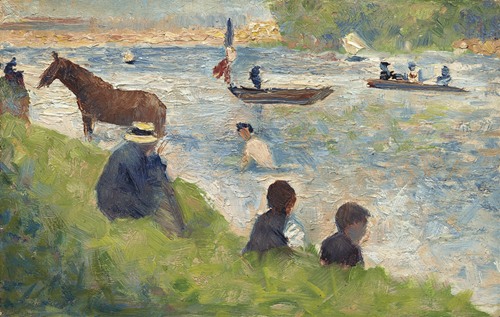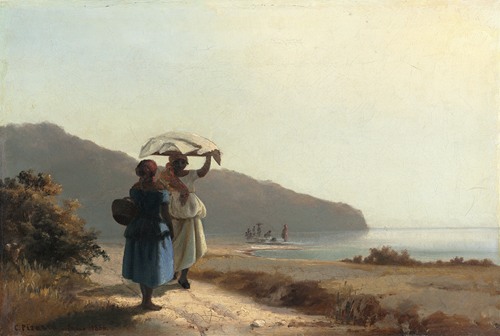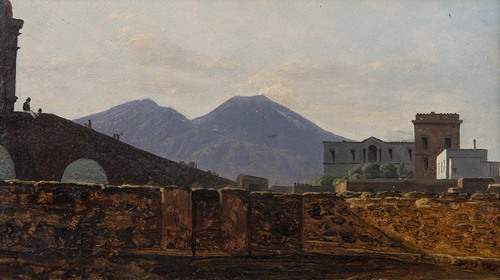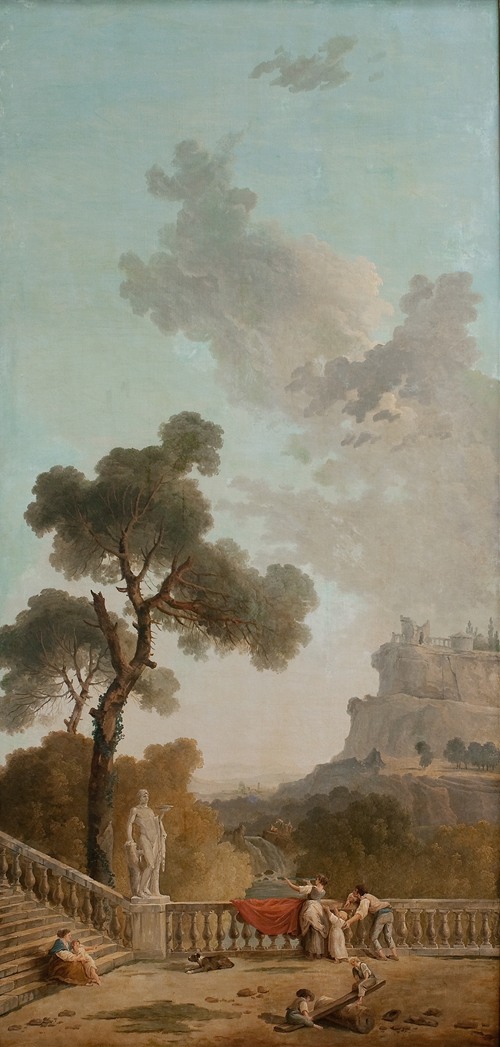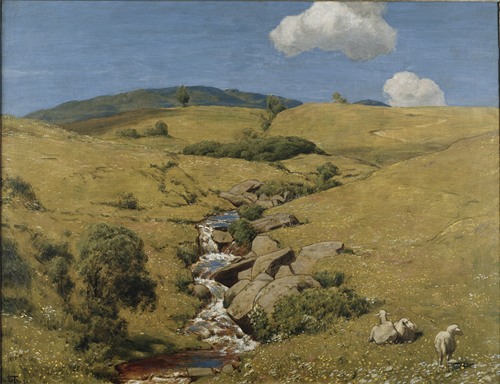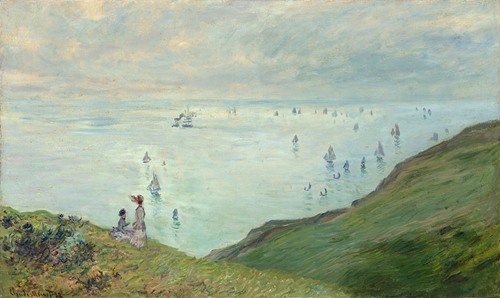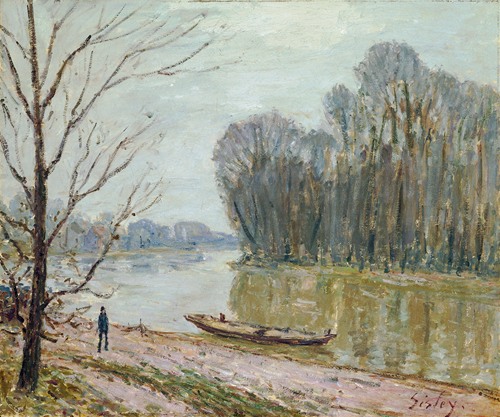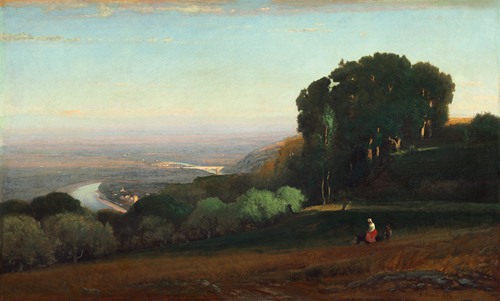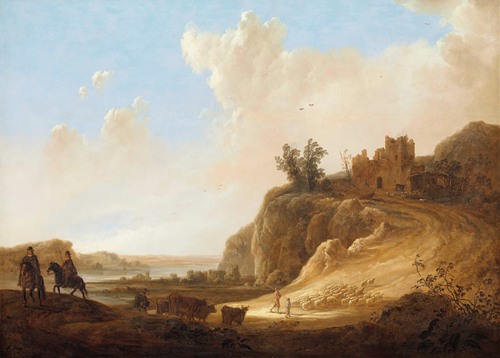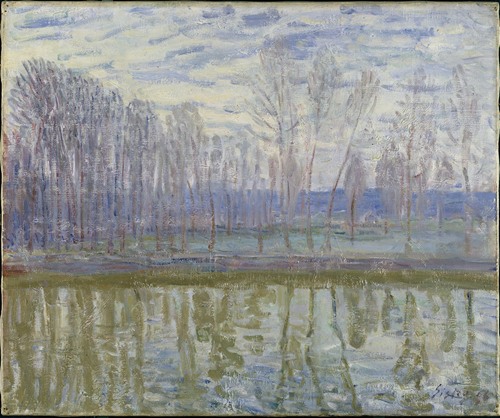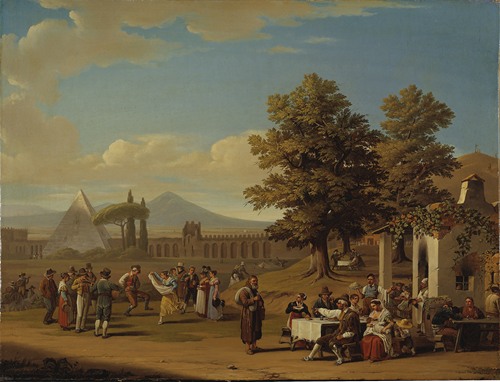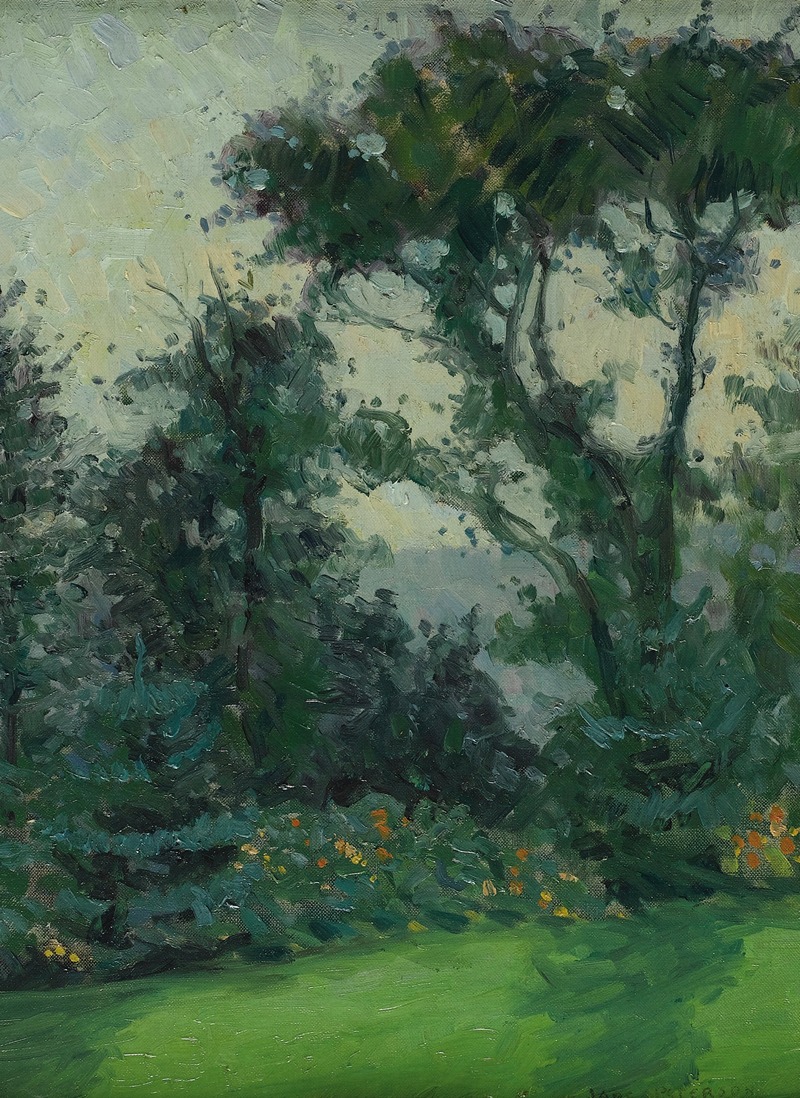
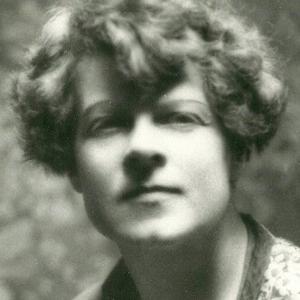
Jane Peterson was a graduate of Pratt Institute and an American Impressionist and Expressionist painter. Her works are created in Impressionist and Expressionist styles using broad swaths of vibrant colors to combine an interest in light and in depiction of spontaneous moments and are well known for vivid, rich painted still life, beach scenes along the Massachusetts coast. Her works are housed in museums such as the Metropolitan Museum of Art, the Museum of the City of New York, the National Museum of Women in the Arts and Hirshhorn Museum in Washington D.C, and Pennsylvania Academy of Fine Arts and Philadelphia Museum of Arts in Philadelphia, Pennsylvania.
Peterson was born in Elgin, Illinois, on November 28, 1876, as the daughter of an Elgin Watch Company employee and a homemaker. Though she was born as Jennie Christine she changed her name to Jane right after she graduated from high school, in 1894. She didn't receive any formal art training as a child, but knew intuitively how to paint everything she saw. As a child she attended public school. Later, at the 1893 Columbian Exposition in Chicago, she learned about the Pratt Institute, a fairly new technical school in Brooklyn, New York and took an art aptitude test. After she applied to Pratt, in 1895, she was accepted in the art department and Peterson borrowed $300 from her mother to study there. In 1901 she graduated and went on to study oil and watercolor painting at the Art Students League in New York City with Frank DuMond.
Like many young artists of her time, Jane took several grand tours of the European continents and studied under several famous European artists. She studied with the Welsh artist Frank Brangwyn in Venice and London, Joaquin Sorolla in Madrid, and painter Jacques Blanche and sculptor Andre L’Hote in Paris. Under their guidance she gained a diverse and expert knowledge of painting techniques and composition. While in Paris, Peterson also became friends with American writer Gertrude and art collector and critic Leo Stein, becoming a regular at the siblings' various gatherings where the guests included Pablo Picasso and Henri Matisse. She lived in rooms in Montparnasse located around the corner from Gertrude Stein’s salon, where on Saturday evening artists and art enthusiasts would gather to view and discuss Stein's seminal collection of modern art. During her time in Paris, Peterson was surrounded by Fauvism, Expressionism, Impressionism, and the beginnings of Cubism. When she first arrived in Paris in 1907 Picasso was already paving the way with innovative and experimental techniques, displaying Fauvist tendencies and going beyond them.
A solo exhibition of Peterson's work held in 1908 at the Société des Artistes Français won much acclaim among Parisian critics and resulted in one viewer's setting up an exhibition at the St. Botolph club in Boston the next year of her earlier works.
One year after Peterson returned to Chicago, she went back to Europe and studied under Joaquín Sorolla y Bastida in Madrid. Of all her mentors, Sorolla had the most influence upon Peterson's style. After 1909, Peterson's canvases become more daring with color, as layers of loose brushstrokes combine to represent the shimmer of Summer's light in southern Europe.
Peterson was following Sorolla for many aspects. After Sorolla held exhibition at the Art Institute of Chicago, Peterson's works exhibited in 1910 for her trip to North Africa. Also it was Sorolla that persuaded Peterson to follow him to New York where he had been commissioned to do a portrait of Louis Comfort Tiffany, the founder of the Tiffany&Co. At Tiffany's invitation, Peterson joined the artistic circle at Laurelton, his summer estate in Oyster Bay, Long Island.
In 1910, Peterson travelled alone to Egypt and Algiers in North Africa – an extremely bold act for a woman in the early 20th century.
Peterson's work is hard to put into one or two single category of art. Actually, her works are more like a blend of several most prominent styles in the turn of the 20th century under the influence of her academic artistic training of many influences in both America and across Europe: Impressionism, Neo- and Post-Impressionism, Art Nouveau, Nabi, and Fauvism. Peterson love to use loose brushwork and bold colors in her paintings. From 1910 through 1916 Peterson became increasingly linked stylistically to fellow American, Maurice Prendergast. They shared similar interests in subject matter, and both had traveled and studied in Europe. Peterson and Prendergast had comparable technical skills of astute observation and loved colorful subjects but Peterson's linear movement is more aggressively flowing than Prendergast's. Gradually, they each developed a unique style, according to Charlotte Streiffer Rubenstein.3
In 1912, Peterson went back to Paris, where she associated with the members of the American Art Association which included American Impressionist Painter Frederick Carl Frieseke. Her interest in watercolor started at this time, and, on her return to the United States in 1913, she began a six-year tenure at the Art Students League in New York as an instructor of watercolor painting.
Jane Peterson formed a good bond with her patron and friend, Louis Comfort Tiffany, American stained glass and jewelry designer and the head of the famous firm Tiffany Studios. Their many trips together inspired Peterson's works: In 1916, Peterson joined Tiffany in a painting adventure and expedition to Alaska and the Canadian Northwest.
As a result of her adventures around the globe, Peterson painted people, events and scenery that are of importance around the globe when many women favored painting domestic scenes. For example, during World War One, Peterson joined the war effort painting military portraits and patriotic scenes of women rolling bandages and folding blankets at the Red Cross Center. Spending six months in Turkey in 1924, she painted streets scenes in the Islamic cities of Constantinople and Broosa.
Peterson married a corporate lawyer, M. Bernard Philipp, when she was fifty years old. Four years after her husband's death, she married a New Haven physician James S. McCarty in 1939. Their marriage lasted for less than a year.
During her lifetime, Peterson was featured in more than 80 one-woman exhibitions before her death on August 14, 1965.
